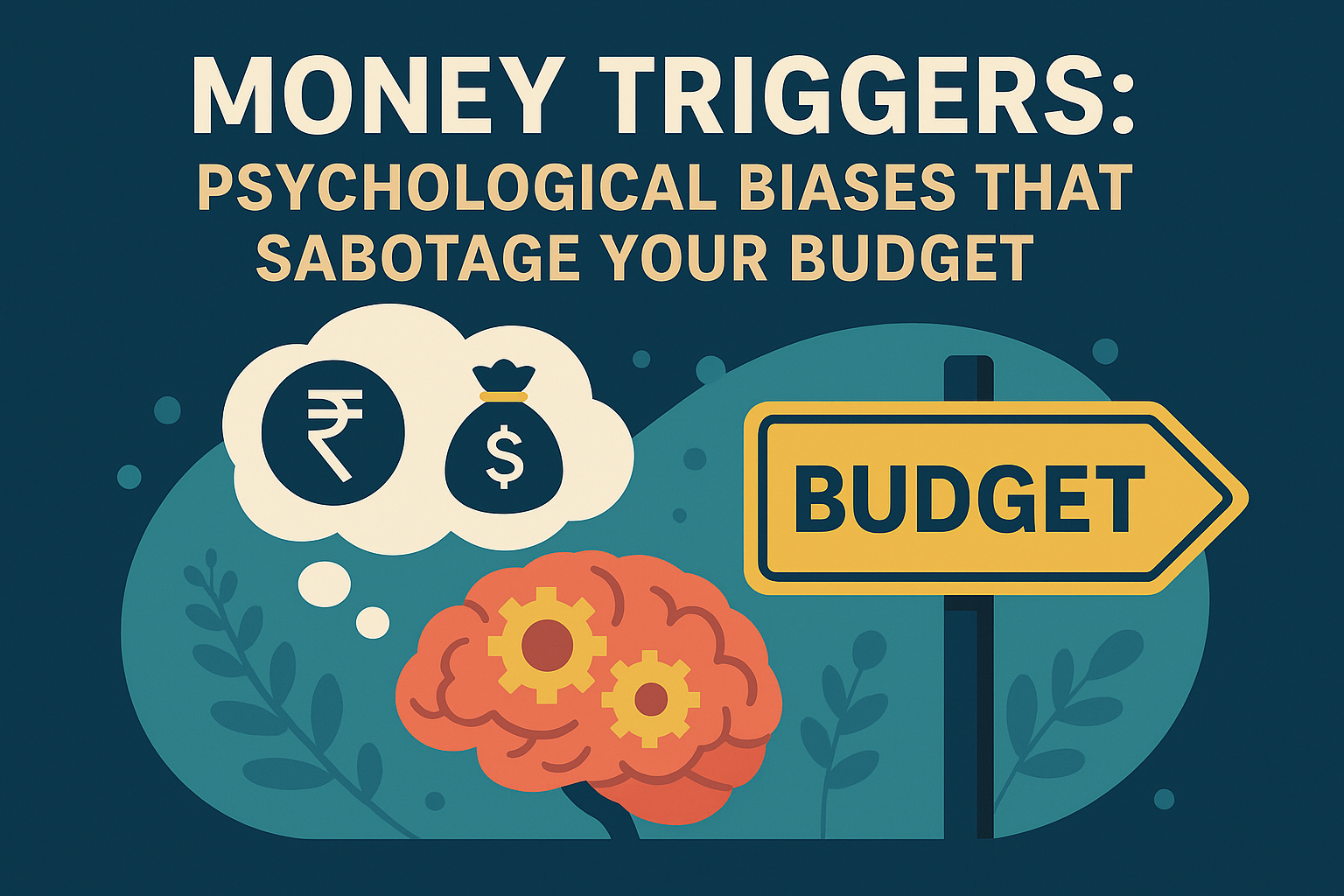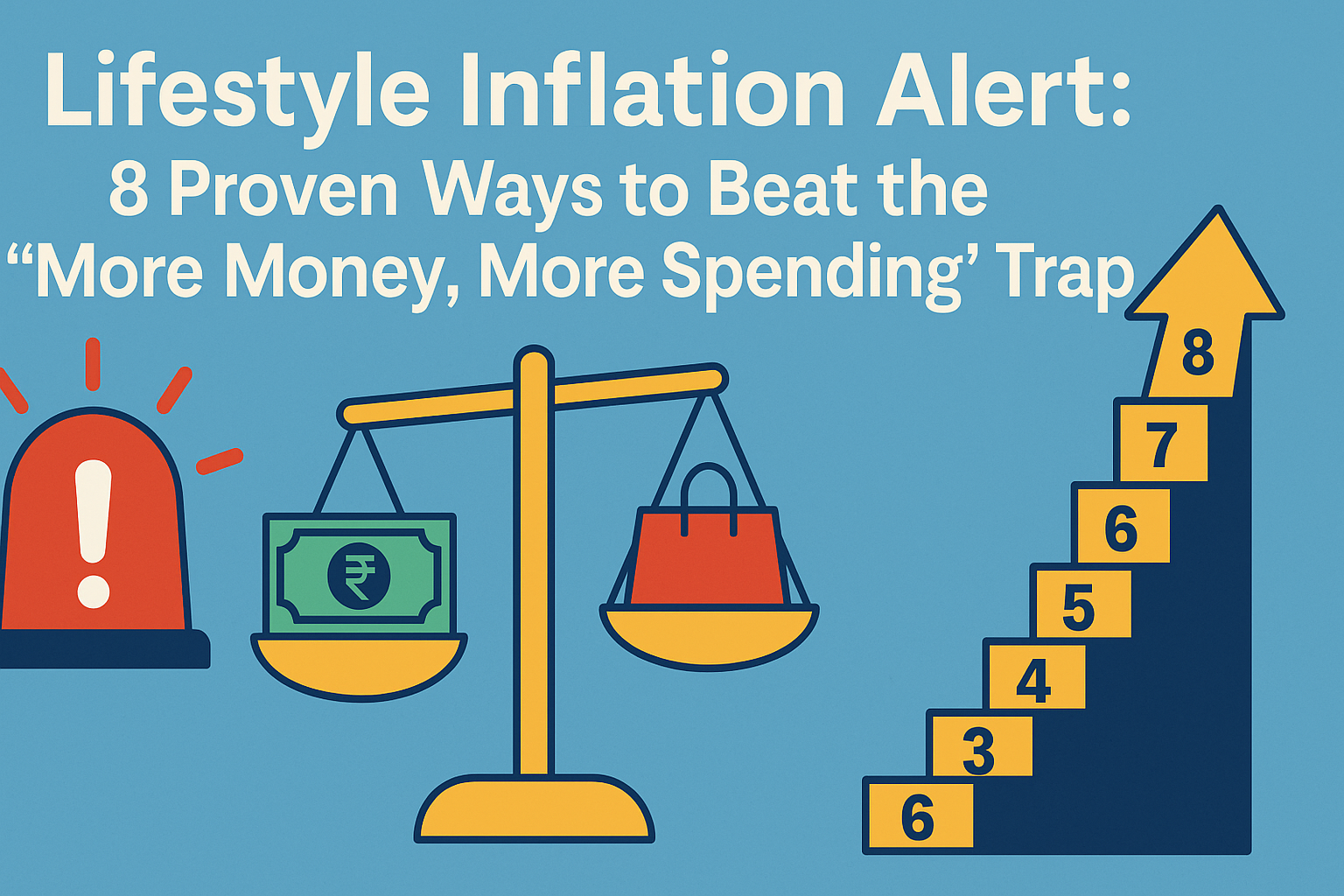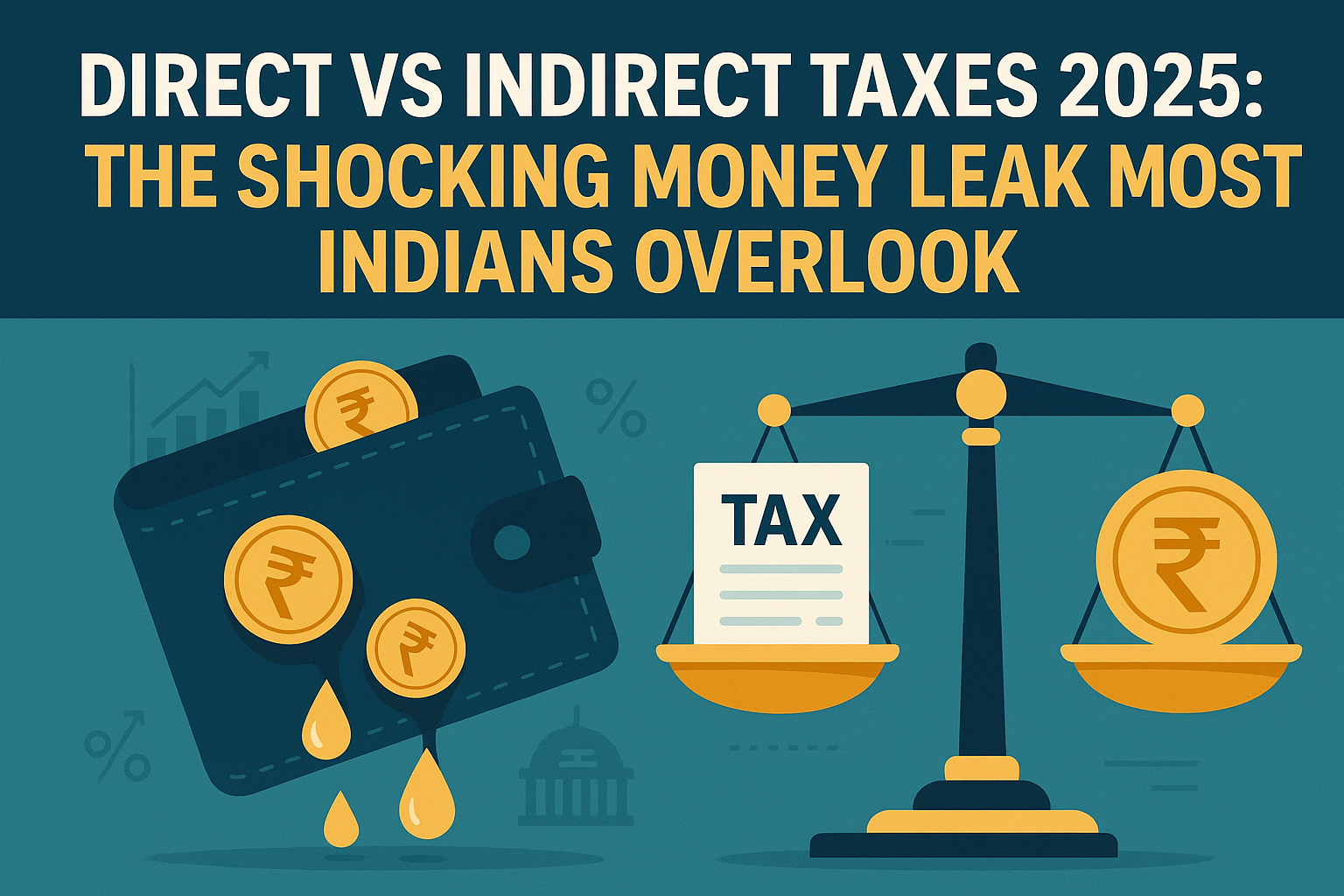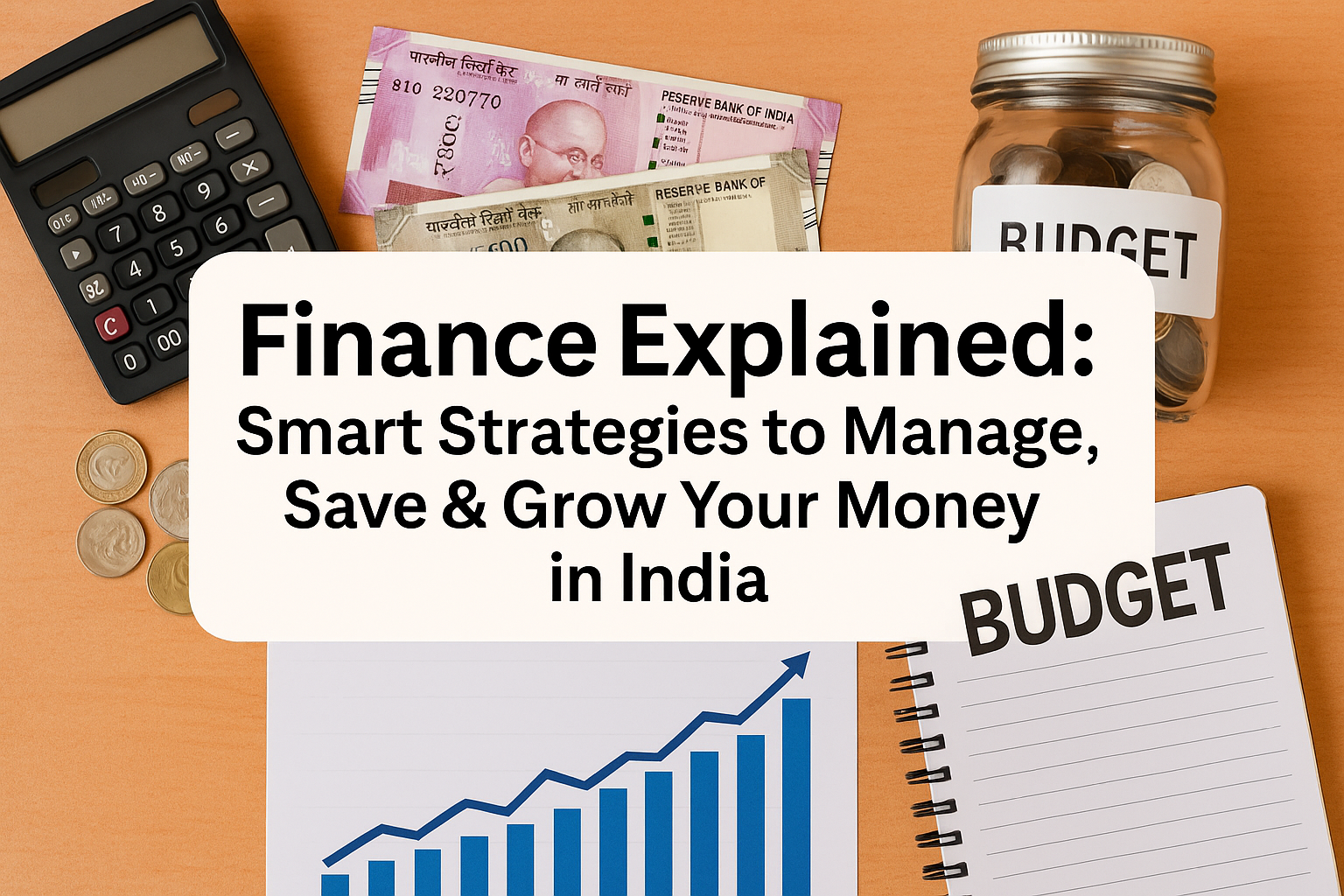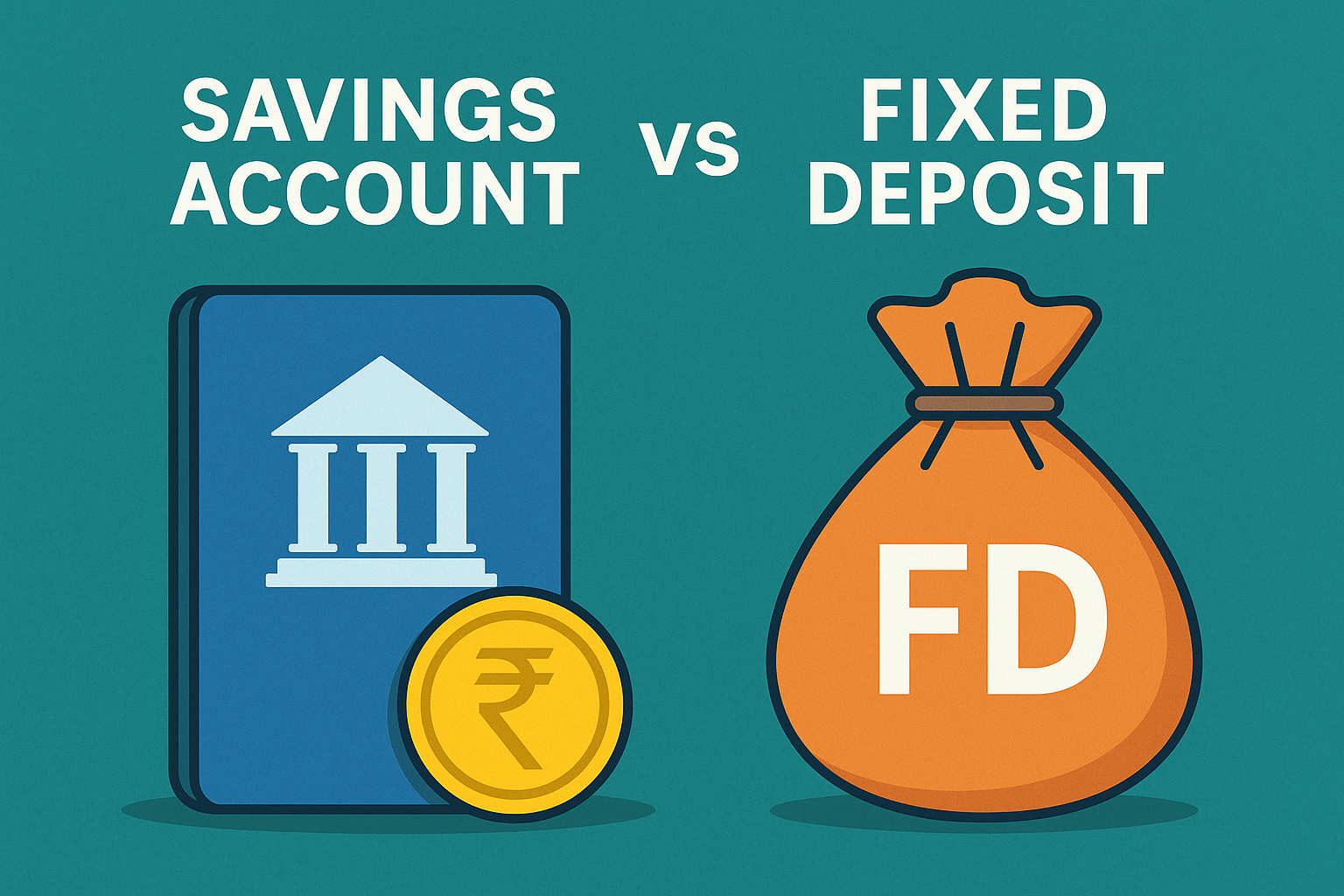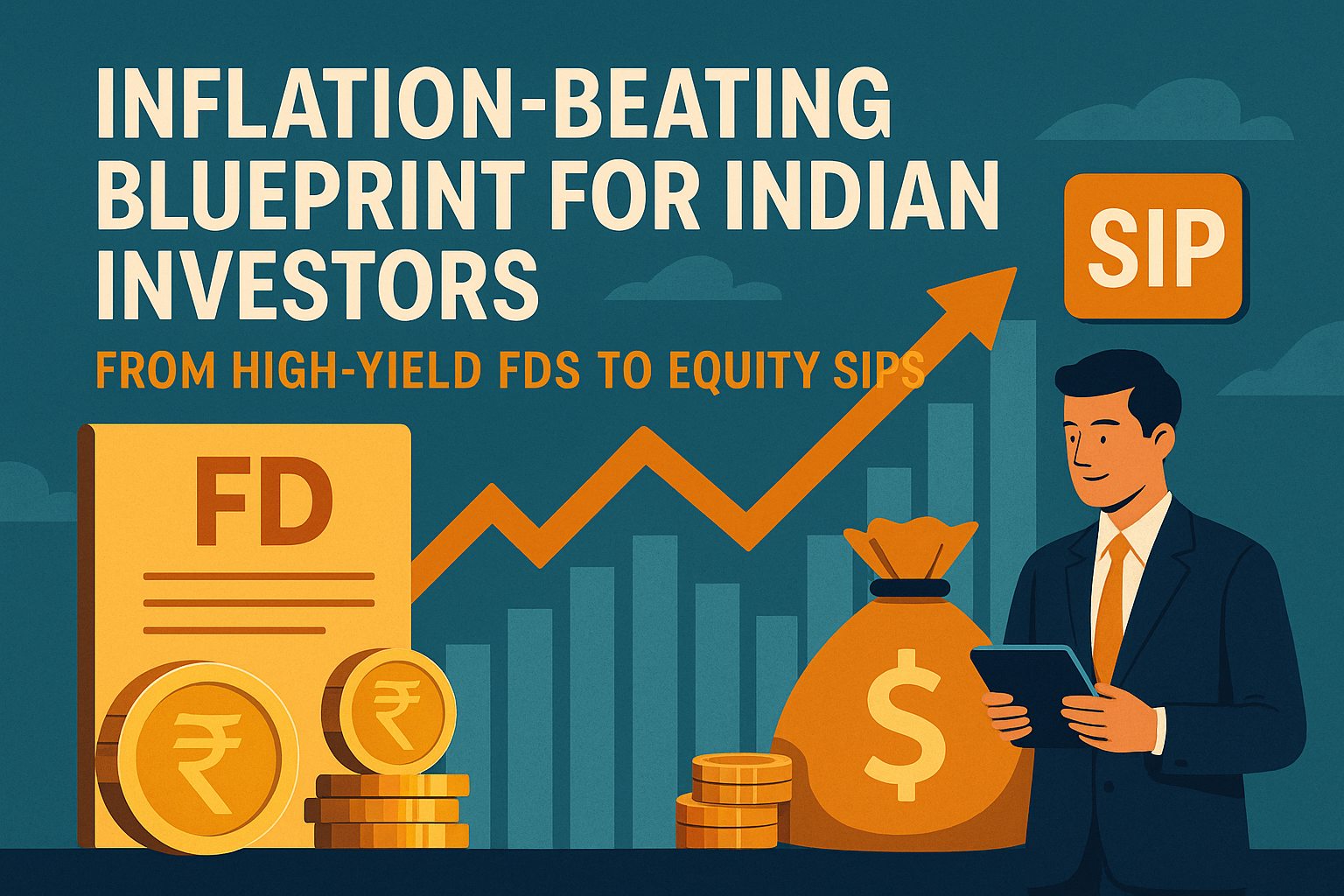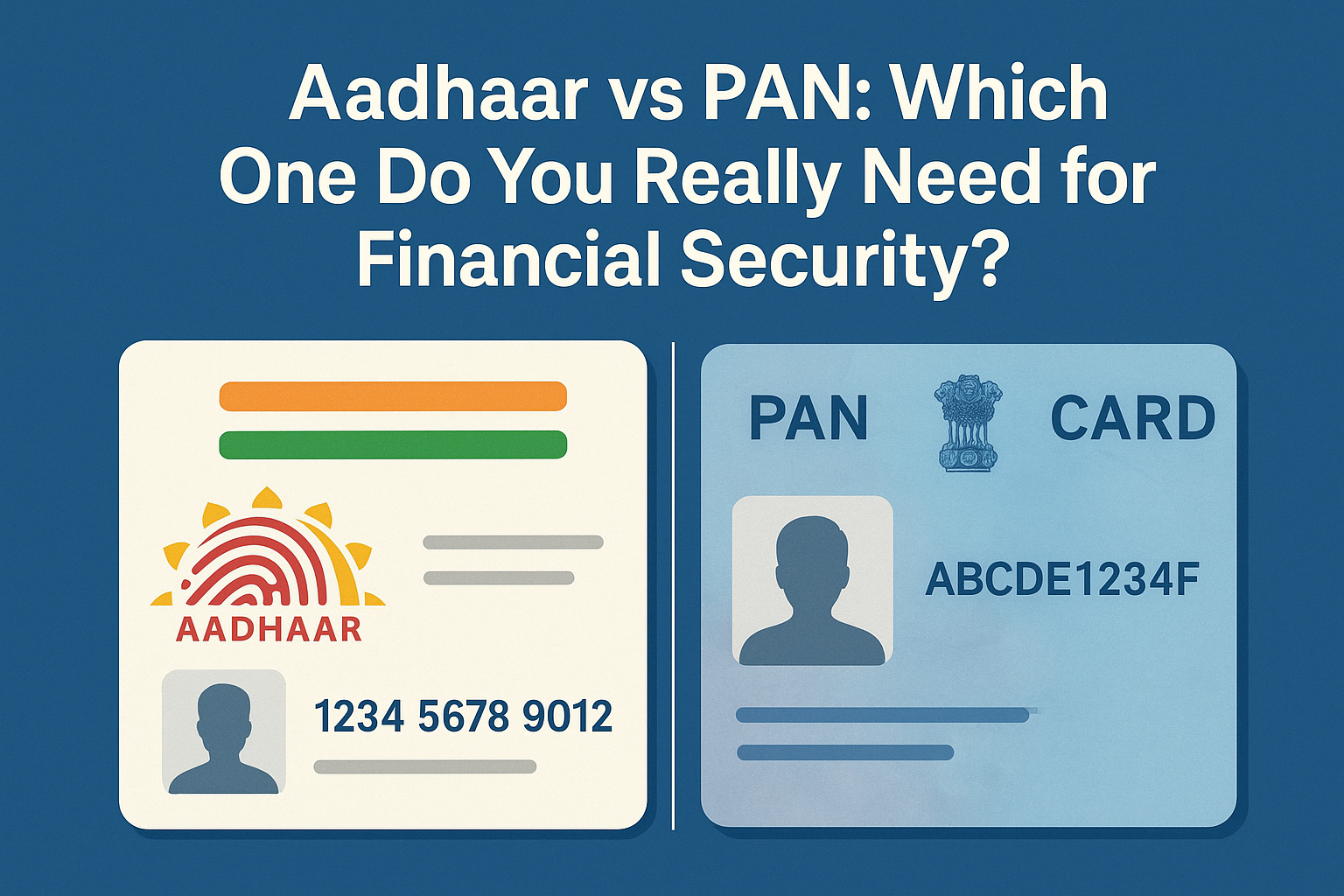
When it comes to tax-saving instruments under Section 80C of the Income Tax Act, two options often dominate the conversation: Public Provident Fund (PPF) and Equity Linked Savings Scheme (ELSS). Both are eligible for a tax deduction of up to ₹1.5 lakh annually, but they operate very differently in terms of structure, risk, and returns.
PPF is a government-backed fixed-income savings scheme known for its capital safety and stable interest rates. It comes with a 15-year lock-in period, which makes it more suitable for long-term, conservative investors looking for assured, tax-free returns.
On the other hand, ELSS is a diversified equity mutual fund that offers the dual benefit of wealth creation and tax savings. ELSS has a mandatory lock-in period of just three years and offers market-linked returns that can be significantly higher than those of PPF, although it comes with higher volatility and risk.
These two options reflect distinct investor mindsets. PPF is the preferred option for risk-averse individuals who value safety and predictable returns. ELSS, meanwhile, appeals to those willing to weather market fluctuations in pursuit of superior long-term growth.
In 2025, choosing between PPF and ELSS requires a careful evaluation of your risk tolerance, return expectations, and investment time horizon. In the sections that follow, we’ll break down the key differences to help cautious investors decide which strategy aligns better with their financial goals.
Quick Snapshot – PPF vs. ELSS Comparison Table
For investors weighing their tax-saving options in 2025, the table below provides a concise comparison of PPF vs ELSS across critical parameters. This one-glance summary helps understand how these two instruments stack up against each other.
| Feature | PPF | ELSS |
|---|---|---|
| Returns | Fixed (currently around 7.1% p.a.) | Market-linked (historically 10–15% p.a.) |
| Lock-in Period | 15 years | 3 years |
| Risk Level | Very Low (government-backed) | Moderate to High (depends on market) |
| Liquidity | Partial withdrawals from year 7; full on maturity | Redeemable after 3 years |
| Tax on Returns | Fully tax-free (EEE) | Taxed under LTCG (above ₹1L taxed @10%) |
| Tax Benefit (80C) | Up to ₹1.5 lakh deduction | Up to ₹1.5 lakh deduction |
| Investment Mode | Post office, bank branches | Through mutual fund platforms or agents |
| Ideal For | Risk-averse, long-term savers | Growth-focused investors with moderate risk tolerance |
What is PPF?
The Public Provident Fund (PPF) is a long-term, fixed-income savings scheme introduced by the Government of India to encourage disciplined savings habits while offering tax benefits. It falls under the Exempt-Exempt-Exempt (EEE) category, meaning the investment, interest earned, and maturity amount are all tax-free.
PPF accounts can be opened at designated post offices and nationalised or selected by private banks. The Ministry of Finance declares the interest rate quarterly and fixes it for the respective quarter. In 2025, the PPF interest rate continues to hover around 7.1% per annum, compounded annually.

The maturity period of a PPF account is 15 years, extendable in blocks of five years. Investors can contribute a minimum of ₹500 and a maximum of ₹1.5 lakh per financial year. Withdrawals are restricted, with partial withdrawals allowed after the 7th year and full withdrawal upon maturity.
Key Features of PPF
-
Fixed Returns: PPF offers assured returns typically in the range of 7–8%, set by the government each quarter. Unlike market-based investments, this return is unaffected by volatility.
-
15-Year Lock-in: The long lock-in period encourages long-term saving and compounds interest over time. You should not use it for short-term liquidity needs.
-
Government-Backed and Low-Risk: Backed by the Government of India, PPF is one of the safest debt instruments available. It provides comfort for those who prioritise capital protection.
Who Should Consider PPF?
PPF is an ideal tax-saving tool for conservative investors who are primarily focused on capital preservation and stable returns. It’s especially beneficial for individuals planning for long-term goals such as retirement, children’s education, or wealth accumulation over 15 years or more.
Those who do not wish to expose their savings to market fluctuations and are content with modest, guaranteed growth should strongly consider PPF in their Section 80C portfolio.
What is ELSS?
Equity Linked Savings Scheme (ELSS) is a market-linked mutual fund product that not only offers tax savings under Section 80C of the Income Tax Act but also provides the potential for wealth creation through equity investments. ELSS funds primarily invest in diversified equity portfolios across sectors and market capitalisations, making them suitable for long-term, growth-orientated investors.
Among all 80C options, ELSS stands out with the shortest lock-in period, at just 3 years. This makes it the most liquid tax-saving instrument in the equity space. However, as ELSS investments are subject to market fluctuations, returns can vary depending on economic cycles and fund management quality. Over the long run, ELSS has historically delivered returns in the range of 10–15% per annum, although these are not guaranteed.
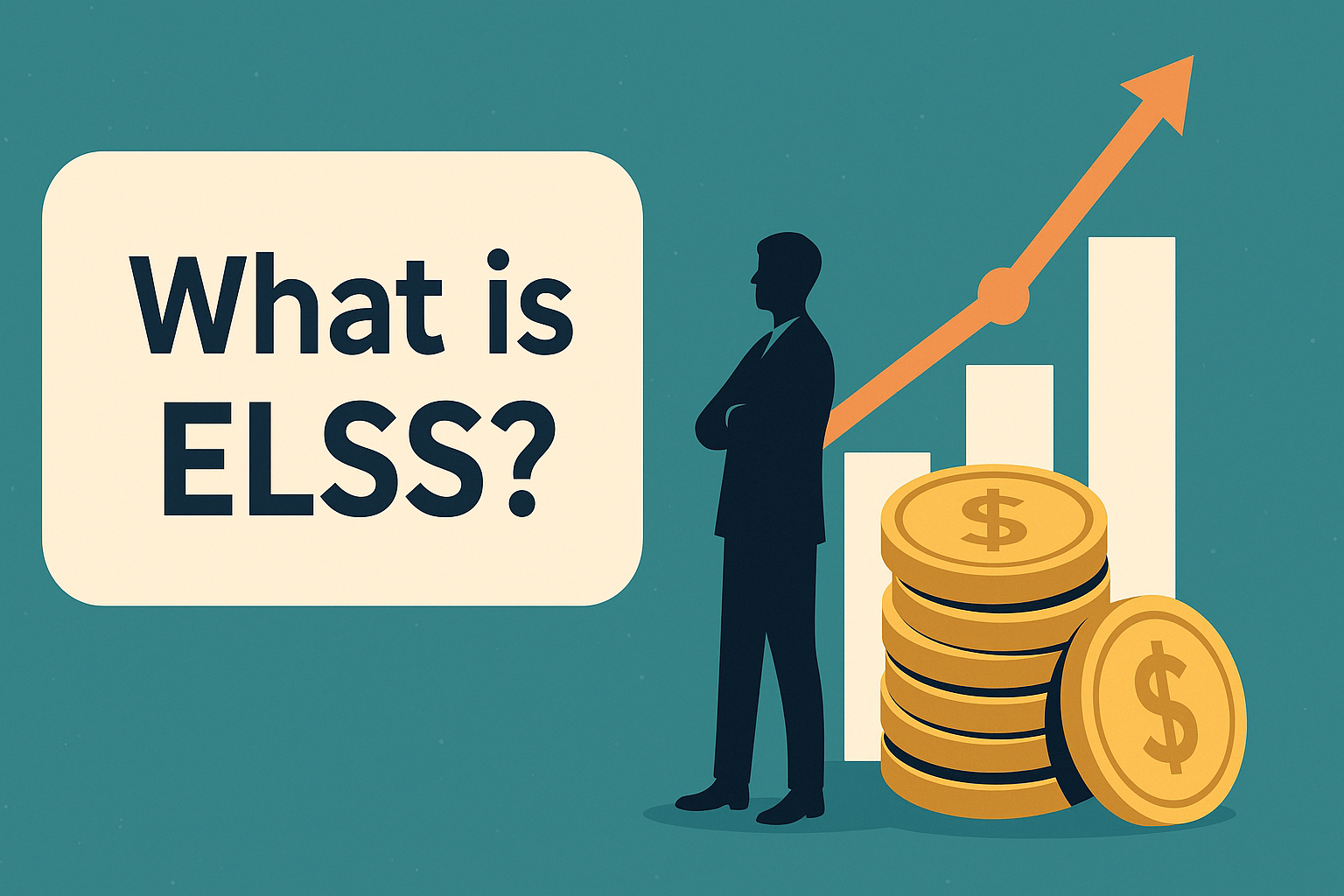
ELSS investments are taxed under the Long-Term Capital Gains (LTCG) regime. Gains up to ₹1 lakh in a financial year are tax-free, while any amount above that is taxed at 10% without indexation benefits. Despite the tax on gains, ELSS often remains attractive due to its return potential compared to traditional fixed-income tax-saving instruments.
Key Features of ELSS
-
Market-Linked Returns: ELSS offers exposure to equity markets, and while it comes with inherent volatility, the historical average returns have been 10–15% annually over long durations. The market performance determines the returns, which remain variable.
-
3-Year Lock-In Period: ELSS has the shortest lock-in among all Section 80C instruments, offering liquidity with the potential for compounding benefits if held longer.
-
Section 80C Benefits: Contributions to ELSS qualify for a tax deduction of up to ₹1.5 lakh, making it a dual-purpose investment for both tax-saving and capital growth.
-
Professional Fund Management: ELSS funds are actively managed by professional fund managers, who aim to outperform benchmarks by selecting high-potential stocks.
-
Lump Sum or SIP Mode: Investors can opt for one-time investments or start a Systematic Investment Plan (SIP) to spread market risk over time.
Who Should Consider ELSS?
ELSS is best suited for investors with a moderate risk appetite who are comfortable with short-term market volatility in exchange for potentially higher long-term returns. It appeals to those who understand that equities may fluctuate in the short term but can significantly outperform traditional debt options over a 5–10 year horizon.
This investment option is ideal for individuals who want to combine tax-saving with wealth creation. Young professionals, salaried individuals, and financially literate taxpayers often prefer ELSS to build a disciplined, equity-based investment habit, especially when they start through monthly SIPs. For 2025, ELSS remains one of the most powerful tools for tax-efficient growth for those willing to take calculated risks.
Head-to-Head: PPF vs. ELSS – Returns, Risk & Taxation
Choosing between PPF and ELSS requires a more profound look into their performance history, risk dynamics, tax implications, liquidity, and suitability for various financial goals. Here’s a detailed side-by-side analysis:
| Feature | PPF | ELSS |
|---|---|---|
| Historical Returns | 7–8% p.a. (fixed, government-declared) | 10–15% p.a. (market-linked, historical average) |
| Market Risk vs. Stability | Virtually zero risk, backed by the government | High volatility due to equity exposure |
| Tax Treatment | EEE (Exempt-Exempt-Exempt): no tax on investment, interest, or maturity | LTCG applies: gains above ₹1 lakh taxed at 10% |
| Lock-in & Liquidity | 15-year lock-in; partial withdrawal from year 7 | 3-year lock-in; fully redeemable afterward |
| Goal Suitability | Ideal for retirement planning, child’s education, and a long-term fixed corpus | Suitable for wealth creation, long-term growth, tax-efficient investing |
| Investment Flexibility | Fixed contributions (min. ₹500, max. ₹1.5L/year) | SIP or lump sum: more flexibility in investing style |
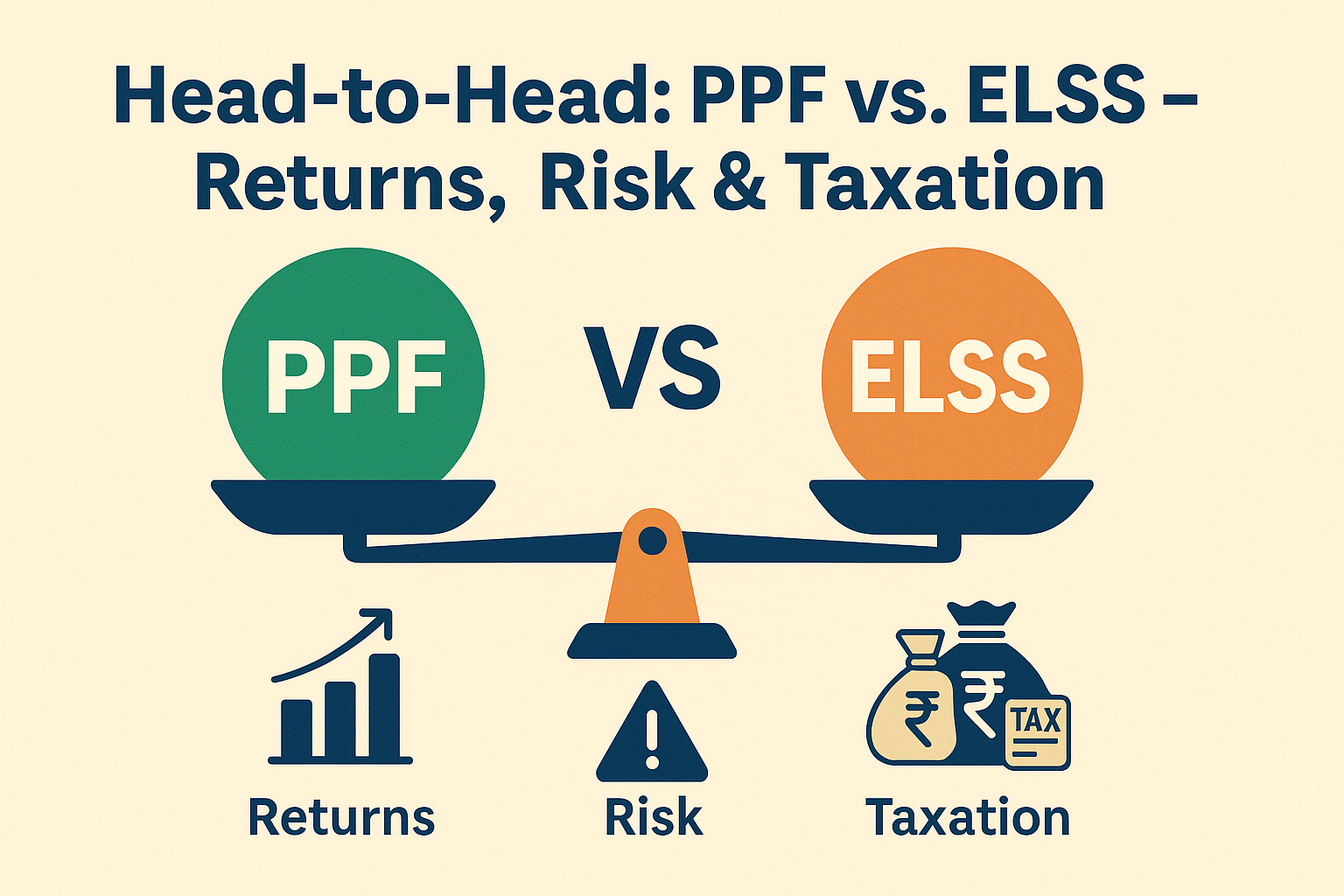
Key Takeaways:
-
If you prioritise stability, capital safety, and tax-free returns, PPF is better aligned with your goals.
-
If you’re looking for higher long-term returns and can accept short-term volatility, ELSS offers stronger growth potential, especially for goals beyond three years.
Strategy Guide: How to Pick the Right One for You
Choosing between PPF and ELSS isn’t just about chasing returns; it requires a well-matched strategy based on your personal financial situation. Use this step-by-step approach to make an informed decision.
Step 1 – Assess Your Risk Profile
Evaluate how comfortable you are with market fluctuations.
-
If the idea of your investment value rising and falling with market trends stresses you out, PPF, with its guaranteed returns and safety, is the better fit.
-
If you can tolerate short-term volatility in exchange for potentially superior long-term gains, ELSS is worth considering.
Step 2 – Match Investment Horizon
Time horizon plays a critical role in determining the right instrument.
-
PPF requires a 15-year lock-in, making it ideal for very long-term financial goals such as retirement planning or building a tax-free legacy.
-
ELSS, with just a 3-year lock-in, is more flexible and suitable for medium- to long-term wealth-building goals, particularly when held for 5–10 years to smooth out market volatility.
Step 3 – Align with Financial Goals
Map your investments to the goals you’re trying to achieve.
-
Use a PPF if you’re building a stable fund for your child’s future education, planning retirement savings, or want a guaranteed tax-free corpus.
-
Opt for ELSS if your goals include wealth accumulation, buying a home in 5–10 years, or if you’re in the early stages of financial independence and want long-term compounding with market exposure.
Step 4 – Consider a Hybrid Approach (Both)
A blended strategy can provide the benefits of safety and growth.
-
Allocate a portion of your ₹1.5 lakh Section 80C limit to PPF for capital security and the rest to ELSS for higher returns potential.
-
This diversification helps balance risk and return, cushions market shocks, and aligns with multiple time-bound financial goals.
By 2025, astute investors will increasingly prioritise personalisation over universally applicable strategies. Whether you’re a cautious saver or an opportunity-seeking wealth builder, aligning product choice with your individual risk profile, time horizon, and goals will ensure better financial outcomes.
Combine PPF and ELSS Smartly
For risk-averse investors seeking both stability and meaningful returns, the core-satellite investment strategy is a smart, balanced approach. This model involves allocating the core of your portfolio to stable, low-risk assets like PPF while using a smaller, complementary portion in ELSS to capture higher growth potential.
Start by allocating around 70–80% of your Section 80C tax-saving limit to PPF. This ensures a guaranteed return, full capital protection, and complete exemption from tax at all stages. This core investment acts as your financial anchor, ideal for meeting non-negotiable long-term goals such as retirement or children’s education.
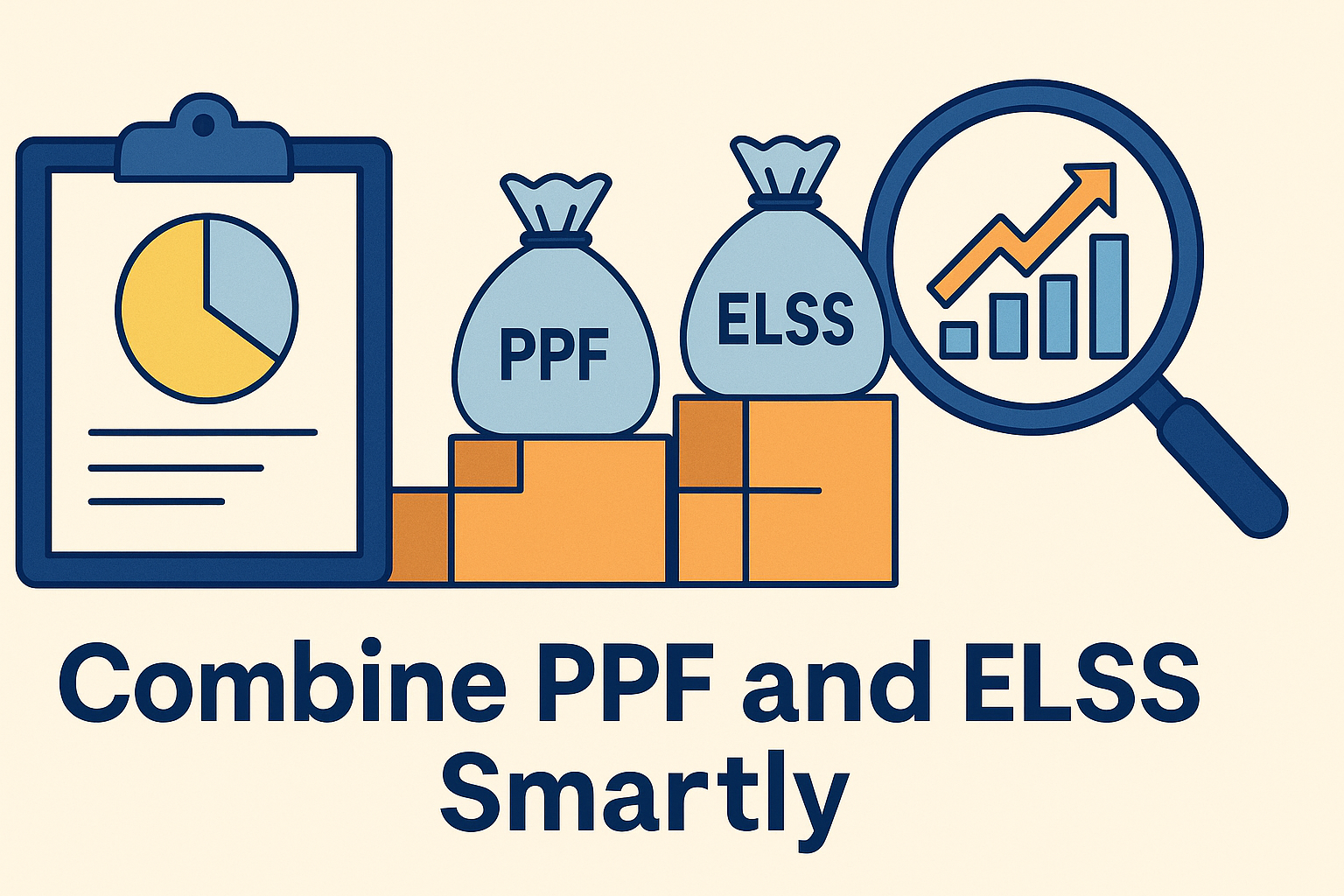
Then, use the remaining 20–30% allocation in ELSS as a satellite investment. This smaller allocation exposes your portfolio to equities, enabling wealth creation through compounding over time. Because ELSS has only a 3-year lock-in and offers long-term capital appreciation, it adds the return-enhancement component your portfolio needs to beat inflation.
This combined approach spreads your risk and keeps you invested across both debt and equity, improving overall portfolio resilience while still achieving tax savings under Section 80C. In 2025, when market uncertainty and interest rate fluctuations coexist, a core-satellite strategy using PPF and ELSS allows cautious investors to stay on track without fully sacrificing growth opportunities.
2025 Outlook: What Risk-Averse Investors Should Watch
As 2025 unfolds, risk-averse investors evaluating PPF and ELSS should monitor key macroeconomic trends to make more informed decisions.
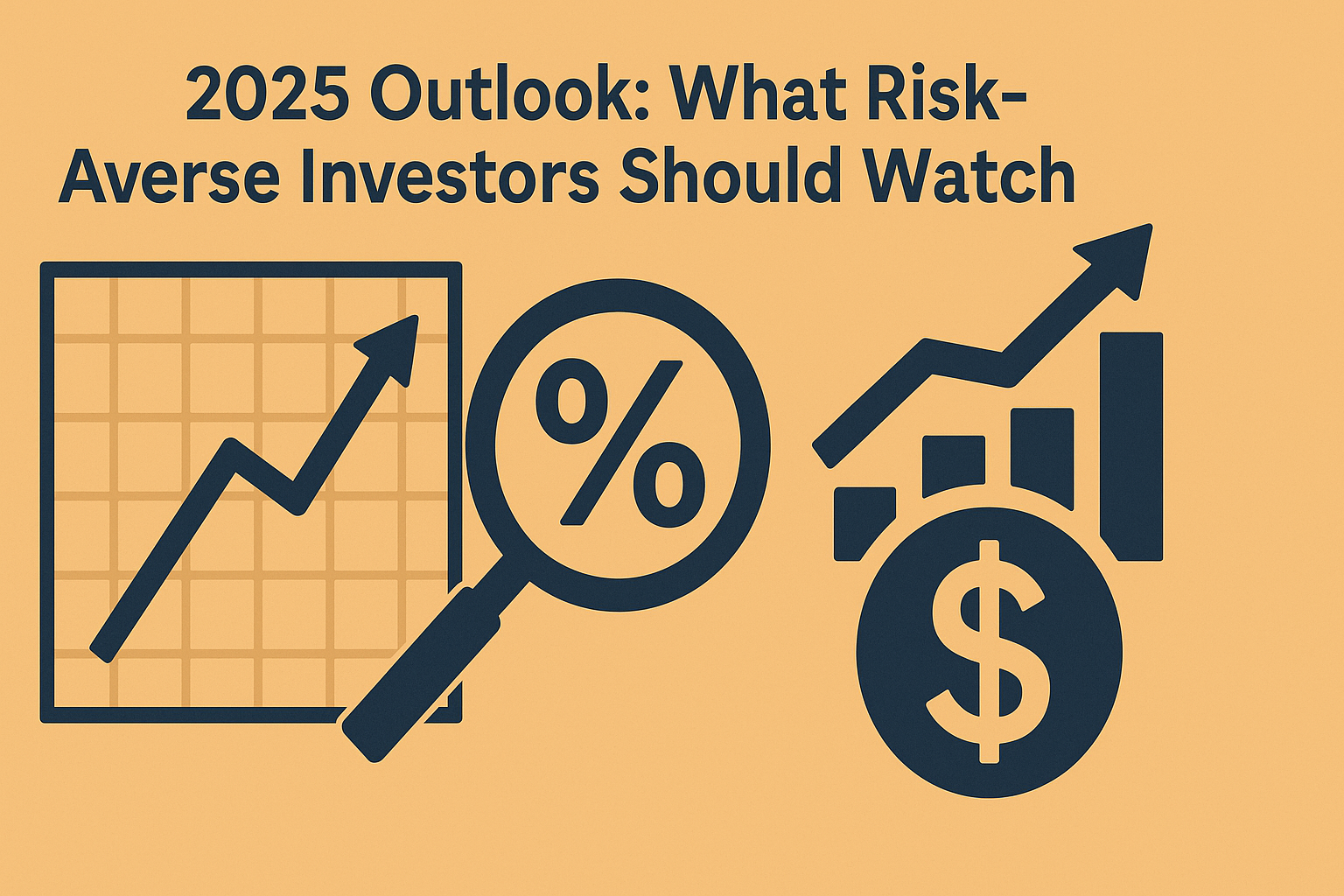
Interest Rate Trends:
PPF interest rates, declared quarterly by the Ministry of Finance, remain linked to prevailing government bond yields. If rates stay stable or rise in 2025, PPF becomes even more attractive for safe returns. However, any significant decline in rates could make fixed-income options less rewarding. Monitoring the Reserve Bank of India’s (RBI) rate decisions and inflation indicators can aid in forecasting future PPF interest trends.
Equity Market Forecast:
The Indian equity market in 2025 is expected to experience moderate growth with sectoral rotations and volatility driven by global cues, election outcomes, and fiscal policy adjustments. ELSS investors should be prepared for short-term market noise but stay focused on long-term trends. Diversified ELSS funds may benefit from India’s structural growth story and policy-driven initiatives in manufacturing and infrastructure.
Inflation vs. Return Trade-Off:
With inflation projected to hover in the 4–5% range, returns from traditional instruments like PPF (7–8%) still offer positive real returns. However, equity-linked returns from ELSS, if they meet their long-term average of 10–15%, will continue to outpace inflation significantly over time. The challenge is managing volatility while preserving purchasing power.
In conclusion, for cautious investors in 2025, the ideal strategy is to blend the predictability of PPF with the return potential of ELSS while staying alert to macroeconomic signals. This thoughtful diversification ensures tax efficiency, financial security, and long-term value growth even in uncertain times.
FAQs – People Also Ask
| Question | One-Sentence Answer |
|---|---|
| Is PPF better than ELSS for beginners? | Yes, for safety-first investors, PPF offers guaranteed returns with no market exposure. |
| Can I invest in both PPF and ELSS? | Yes, combining both offers safety and growth within the ₹1.5 lakh Section 80C limit. |
| Does ELSS give higher returns than PPF? | Historically, ELSS has provided higher returns than PPF; however, it carries market risks, unlike the fixed returns offered by PPF. |
| What is the lock-in period for ELSS and PPF? | ELSS: 3 years; PPF: 15 years (with partial withdrawal allowed after the 7th year). |



















